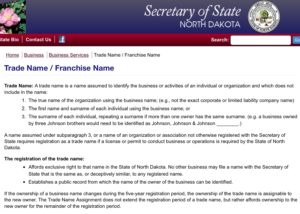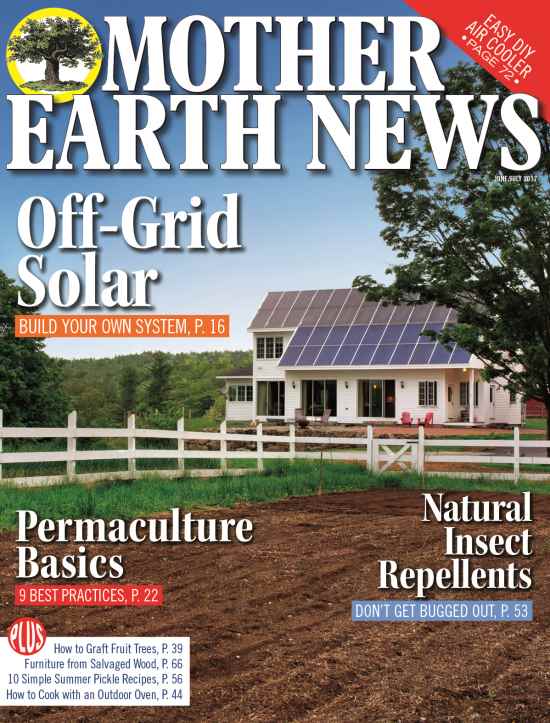Have you ever considered selling your goods at a local Farmer’s Market? If so, there are many things to think about before you plant a garden with every vegetable known to man.
THE FIRST STEPS
You need to become acquainted with all the laws, rules and regulations surrounding Farmer’s Markets in your state. They can dictate what you sell and even how you sell or label your goods.

From fresh veggies, farm fresh eggs, baked items and canned goods there may be restrictions. For example, in some states you must wash your eggs before selling them and they must be kept at a certain temperature.
Beyond state regulation you must also be aware of various city and local market association rules to abide by. Contact your Farmer’s Market organizer and they can help direct you. Many states also have websites with links to resources that will help get you started. It can be overwhelming at first but if you start small you’ll get the hang of things in a jiffy.
When taking part in a local Farmer’s Market you will need to act as a business entity. It will be important for you to register your business with the Secretary of State. A good name will reassure the market community that you know what your doing. Besides that, customers can more easily identify you and what you sell. By registering your trade name will further ensure nobody else in your state can market their goods under the same or similar name.

With a unique business name, various sales and marketing strategies can put a great focus on your business. Word of mouth, Facebook pages, local sales websites; they are all valuable sales tools to take advantage of. You can always create signage to display or t-shirts to proudly wear while manning your vendor booth!
As with most things involving income, the tax man will come collecting. It will be important to obtain a Federal Tax Identification Number from the Federal Government. Many Farmer’s Markets require you to provide this number prior to taking part. I’m aware of one instance the local IRS contacted an event organizer asking for vendor’s tax numbers. So, be prepared.
Because you will technically be an owner of a business, its a good idea to look into liability insurance. This will not only protect your business, but also protect someone from going after you and your family. One dishonest person or freak accident could put you at legal risk so make sure you are covered.
WHAT TO SELL
Once you get past many of the regulatory and business aspects surrounding Farmer’s Markets you really must decide where to focus. Although it may be tempting to have a booth with a little of everything, it isn’t really feasible. Let me explain.

For starters, you have to know the Farmer’s Market you will be selling at. What are other vendors selling? Are there items you do not see available? Are there items you see too much of? Do you detect a niche that may not be filled? What items could you sell that could carry you through the entire selling season and make you money?
Through my personal experience a large garden can be fabulous, but they are a ton of work. I grow my garden to provide for my family. This includes a wide variety of fruits and veggies, some for fresh eating and some for preserving. However, my experience also tells me that fresh is best…picked no more than a day prior.
With that said, having many items may sound attractive but logistically speaking, it would be tough. Can one or two people harvest what is needed for your booth? Do you have enough storage to keep things at their peak freshness? In short, do you have the means to get your bounty to market?
Consider finding your own niche market. You could perhaps narrow down your major offerings to two or three things. You could be known as the Pickle Girl, market fresh cucumbers, dill and various flavors of ready-to-eat canned pickles. Or, you could be known as the Mushroom Guy, marketing a wide array of fresh mushrooms along with pickled, canned or dehydrated versions.
Not only would a specialty booth make you stand out it would reduce your workload. By narrowing your sights, this can allow you more freedom between your personal and business gardens. Of course, this also opens you up to having bad years if you intend on sticking with the same theme year after year. A bad year of diseased tomatoes if you are the Tomato Girl most definitely wouldn’t help your bottom line.
KNOW YOUR LAND
This may seem obvious for some but if you are new to gardening or farming you need to consider your dirt. Not just the dirt but the climate, growing season, moisture and sunshine available in your growing spaces.
You need to know what your land can support and what it grows best. This is the number one most effective way to successfully get quality produce to market. You’ve got to grow it in order to sell it.
Great tasting, good looking produce is the name of the game. Finding varieties of fruits or vegetables that work well for your particular location is key. Also, keep the consumer in mind. Perhaps choose varieties that are great for fresh eating, canning or juicing.
Today’s market also demands little use of herbicides, pesticides and chemical fertilizers. Consumers can readily get those types of produce in the grocery store. A critical eye must look closely for pest or fungus issues within the soil that may affect your crop outcomes. Not only that, having issues with damaging pests can effect your bottom line if you have to treat your field or garden. Even when treated, you need to consider whether or not this is the type of food people wish to buy. Do you treat by traditional chemical methods or by organic methods?
OUR 2 YEAR JOURNEY
On our little homestead we have taken the last two growing seasons and dedicated them solely to our family garden. We have opened multiple large garden spaces, added fencing and soil amendments.

We have planted a wide array of fruits and veggies just to see what works well for our soil. Through this process we’ve learned what grows well, what requires the most work and what produces a consistent harvest worthy of a Farmer’s Market.
I’ve also been able to watch for large influxes of seasonal items to best determine what I can take advantage of in order to make money. Doing so has given me the time to create some speciality products intended for our future Farmer’s Market business.
Being relatively new to the area I watch local buy/sell/trade sites to see what others might be offering up. By giving away our surplus I can better gauge what gets snapped up quickly or those things people could care less about. The process has been a long one, yet very educational.
SUMMARY
The popularity of Farmer’s Markets and cost savings found for quality produce will always be in demand. Take your time and do your research so you can hit the ground running. Avoid the struggle made by overreaching as you try to be your community’s grocery store. Go into the process with a business mind and focus on a few quality items that allow you to put your best foot forward.
As a novice in all things farming and business, these are just a few steps I’ve identified along the way. Our goal here on the farm is to be ready for the 2018 local Farmer’s Market season. If anyone has any tips or further insights, feel free to post them in the comments section. Any little bit of information could be of great help to either myself or my readers!
~Krislee
#LifeOn25Acres











1 Comment
After 30+ years farming in mountains of western NC with river bottom garden ,I mover 60 miles west to TN. I thought for first year I would do container gardening on deck. Good trial but it convinced me I need to dig up yard which was sloping clay rocky soil next to pasture of beef cattle. Sooo , I am starting a lasagna garden this Aug with wood chops , grass clippings and cow manure. Let it decompose over winter snd till in spring.the most Important thing to look for in buying a farm is garden space you can change houses, barns and landscape but you need good garden space. It took me years to improve soil up the mountain which was clay. Manure, cover crops, leaves , grass clippings and compost will do it but not overnight! Just DO Not Use Chemicals!